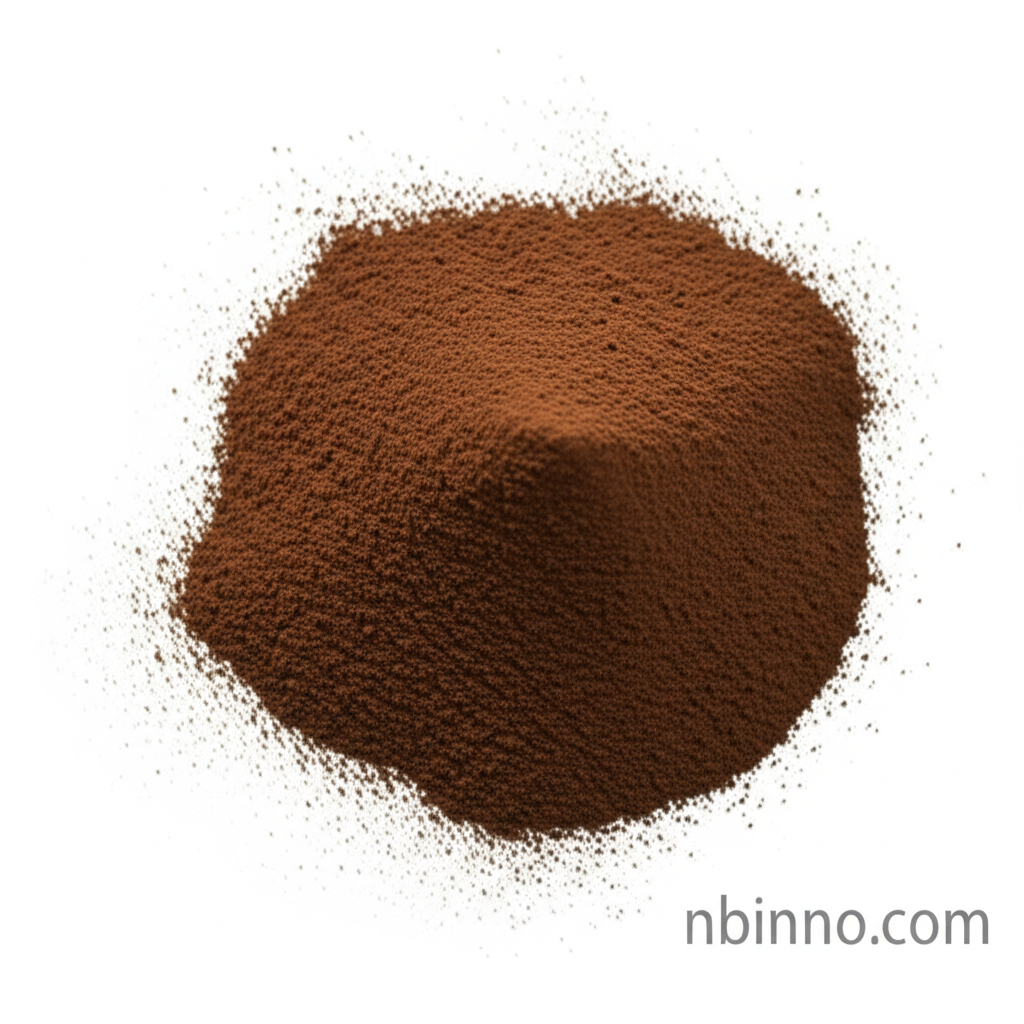High-Quality Sodium Alginate 316SA for Textile Printing
Enhance your textile printing with superior thickening, vibrant colors, and eco-friendly formulations.
Get a Quote & SampleProduct Core Value

Sodium Alginate 316SA
Our Sodium Alginate 316SA is a premier textile printing auxiliary that provides exceptional thickening properties. It is designed to improve color yield and definition, leading to sharper prints and reduced consumption of materials. With its eco-friendly composition, it meets the demands of modern sustainable textile manufacturing.
- Achieve sharper prints with clear outlines for all floral patterns, a key benefit when using this sodium alginate textile printing thickener.
- Benefit from a higher paste rate, leading to dose saving in your textile printing operations.
- Experience good electrolyte resistance, ensuring consistent performance even with varying salt concentrations in your formulations.
- Utilize a stable printing paste that guarantees reliable results throughout your printing processes, supported by our textile printing auxiliary agent.
Advantages
Enhanced Color Brilliance
The sodium alginate for cotton printing ensures bright colors and deep shades, elevating the visual appeal of your fabrics.
Dose Efficiency
The high paste rate characteristic of this sodium alginate viscosity 100mPa·s allows for significant dose saving, optimizing your production costs.
Eco-Conscious Choice
As one of the eco-friendly textile printing chemicals, it is free from APEO and formaldehyde, contributing to a healthier production environment.
Key Applications
Textile Printing Thickener
Utilize this sodium alginate textile printing thickener for precise and vibrant prints on various natural fibers.
Natural Fiber Dyeing
The sodium alginate for cotton printing is ideal for cotton, human cotton, bamboo fiber, ramie, linen, and soybean fiber.
High-Definition Prints
Achieve superior print definition and clear outlines with this effective textile printing auxiliary agent.
Reactive Printing Systems
Forms a stable printing paste, making it a key component in reactive printing paste formulation.
